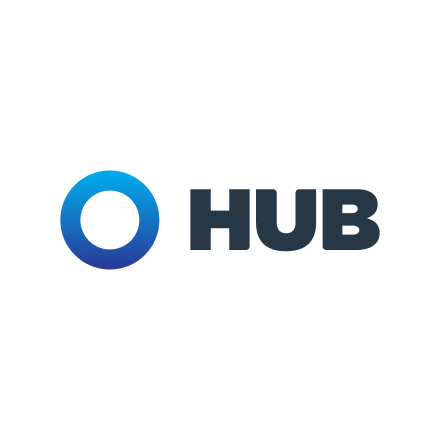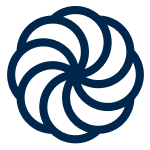Today, as data comes in from hundreds of insurance carriers and other sources, Novotnaj and Derks can leverage Coalesce to transform all that data into a single format for consumption, which allows them to produce visualizations within seconds of data upload in Fusion, HUB’s proprietary informatics dashboard and visualization tool.
“Once we get the data from the insurance providers, it’s available in analytics within a few minutes—almost in near real time,” says Derks. “This removes the need for HUB employees to spend countless hours building Excel reports. It’s fantastic.”
Derks continues to be impressed by the speed with which he can now work thanks to Coalesce. Recently, he needed to build a new data pipeline related to some of the RFP features he had built for HUB. The old pipeline was ingesting large amounts of unstructured pharmacy data, which was saved in a JSON format. “The time it took us to do this in Coalesce was incredible—just about 2 hours or so to create the transformations for all these numerous unstructured files,” he says. “If we were to do that by hand, it would be a number of days if not weeks. So that’s a huge time savings.”
Derks is also struck by the speed with which ETL jobs run: “They’re complex jobs, dealing with large amounts of data. One job calculates more than 20 million rows of data every hour, and that completes in less than 2 minutes in Coalesce. I’m used to ETL taking anywhere from 3 to 5 hours, but because Coalesce allows us to process multiple nodes in parallel, everything’s very fast.” Most ETL jobs now run in less than a minute with Coalesce, with the longest, most complex job taking only five minutes to complete.
Another improvement Novotnaj and Derks have made to HUB’s operations was to automate the insurance renewal process. Before the Infused Analytics system was in place, actuaries and others at HUB would have to manually pore through past data in spreadsheets to figure out the best insurance renewal rates. Now determining renewal rates is automated thanks to Snowflake and Coalesce.
Using Coalesce has resulted in a huge ROI and cost savings for Hub International. When compared to the time it would take for an experienced data engineer to handwrite the DML, Derks estimates that using Coalesce has resulted in approximately $54,000 in savings so far to build the data platform for his client. “We built the entire data warehouse, which includes four supporting data marts, in less than 100 hours,” says Derks. “Again, this data is not simple—it’s complex. But due to the ease of Coalesce, we’re able to build it quickly, resulting in significant cost savings for Kryz when it comes to development of ETLs and transformations. He’s now able to take those dollars he would have spent on that and apply them elsewhere.”
While Derks and his team have been the initial users of Coalesce within the larger organization, the benefits the platform is bringing to HUB are becoming evident to those who are seeing the positive changes. “HUB’s Director of Analytics sees Coalesce and he calls it magic. It’s like voodoo—he can’t believe it’s so easy,” says Derks. “Just right-click on a node and it creates a dimension or a fact. He’s used to traditional methods of writing out the SQL, so he loves it.”
This is noteworthy, stresses Novotnaj, because this director had always been an advocate of Excel and Power Query: “He came from that world, so to have him see the power of Snowflake and Coalesce, his perspective has changed completely. I don’t know if he’ll ever go back to his old way of doing things because of what we’ve been able to show him.”
As for future plans, the team is working on additional AI capabilities and is looking into the custom nodes from Coalesce that enable implementing ML functions with Snowflake Cortex. They are also looking into using Document AI to scan and extract data from PDFs and potentially improve the accuracy and speed of renewals even more.
Novotnaj acknowledges that what he’s trying to do, especially around AI, is not common at all in the insurance industry, and this is not just simply innovation or another data system. Rather, HUB International is taking a leap into the future of data analytics and insurance and healthcare consulting.
“This is very transformative for our industry. We’re not transforming this piece by piece, we’re blowing it up and being a disruptor to insurance,” he says. “A lot of this is possible because of Snowflake and Coalesce. It’s so much easier to use the data than it has been in the past. Coalesce has been a game-changer for us.”






